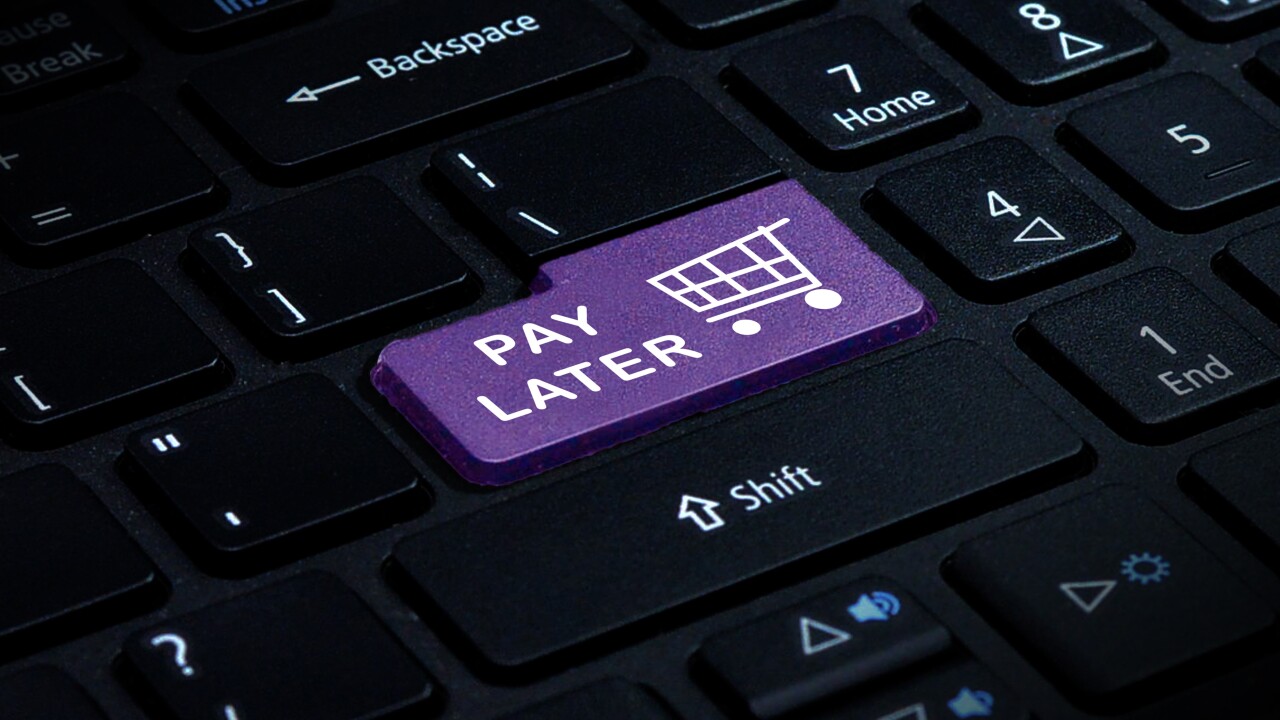Consumers may not care much about mobile payments, but many of them care a lot about mobile loyalty.
More than half, or 66% of consumers, say they would have a more positive opinion of a retailer if its loyalty program were offered via a mobile app, and 83% would rather save a coupon to their phone than handle a paper coupon, according the results of a survey of U.S. smartphone owners marketing firm Vibes Media LLC conducted with Equation Research. Chicago-based Vibes surveyed 1,027 consumers in August and September, 2015.
But an appetite for mobile rewards doesn't automatically translate to an appetite for mobile payments. It's tricky to find the right balance of mobile rewards and payments, Vibes’ data suggests, and payments industry observers concur.
Even though consumers say they’d prefer to interact with loyalty programs through mobile channels, they can be very finicky about how, when and where marketers communicate with them about rewards.
More than half, or 55%, of consumers Vibes surveyed said incentives and coupons are the top reason they engage with brands via email, texts or social media. But even more consumers in the survey—59%—said the top reason they unsubscribe from these channels is because they get too many messages or updates.
Fifty-two percent of respondents said they engage with brands through mobile channels to earn rewards or loyalty points, but 41% said the incentives they received "weren't good enough" to continue subscribing.
But it's not surprising consumers already seem to be weary of getting too many—or the wrong—offers when shopping and paying with mobile devices.
Retailers are adding loyalty and rewards to mobile apps and payments, including building their own programs and apps; adding their brand names to white-labeled apps; joining coalition programs that aggregate points consumers earn from multiple brands, and investing in banks’ card-linked marketing programs, to name a few popular options.
Pairing payments with loyalty has drawn the interest of quite a few investors and startups, including SCVNGR’s
LevelUp in earlier days promised "zero interchange" for merchants, but merchants found that they
More loyalty-based payments are on the way, with JPMorgan Chase & Co. promising to include rewards with its
But simply offering loyalty and rewards through the convenience of a hand-held device won't be enough to win consumers' love, said Richard Crone, a payments analyst with Crone Consulting LLC.
"The power the mobile channel brings to loyalty marketing is the chance to use real-time data and machine learning to deliver sophisticated, personalized offers to consumers," he said.
Crone warns that marketers lacking the technology to deliver
"Merchants and banks will need to simplify," said Alex Johnson, a senior credit analyst with Merchant Advisory Group. "The [potential] chaos comes in when you spread your loyalty efforts and budgets out across too many different programs."
Consumers could be forced to choose between conflicting loyalty programs and retailers could find it difficult to tie incremental sales to the correct loyalty program, he said.
Analysts agree marketers have a long way to go before hitting on winning formulas for integrating loyalty and rewards with mobile payments and apps.
"Fundamentally, no one has really proven yet they can make money or build an interesting company in the offers/loyalty space," said Matt Harris, managing director at New York-based Bain Capital Ventures, adding that it’s likely to see significantly more investment and development.





